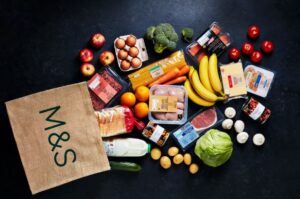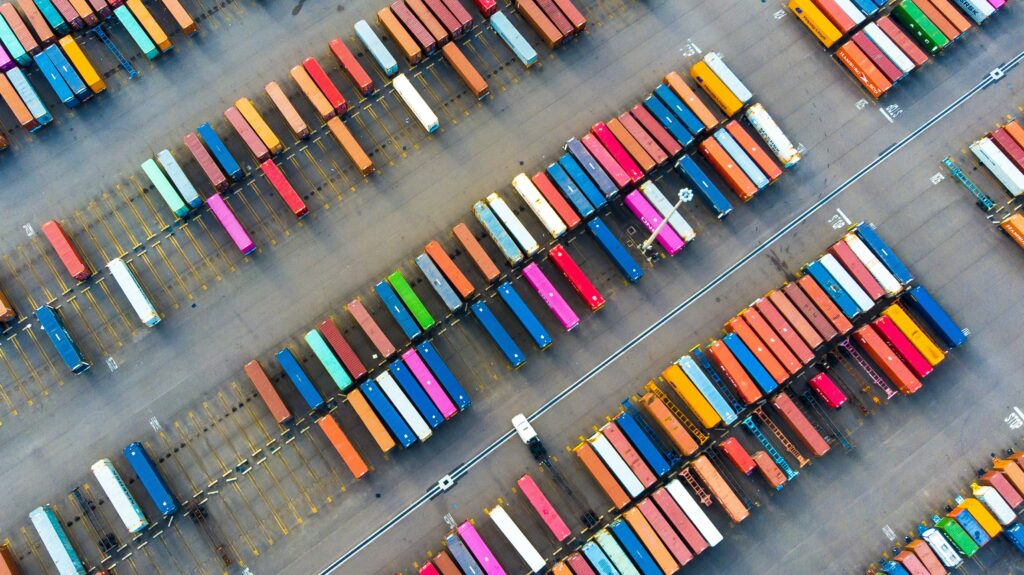Your invitation to our webinar in partnership with the FDEA
Topics

On the 20th November, at 11am, we will be partnering with the Food and Drink Exporters Association (FDEA) to bring you a must-watch webinar covering the complexities of food classification and how to get it right.
Sign up for our webinar
This webinar is free for FDEA members and will introduce the basics of what makes a successful approach for accurate customs classification for food manufacturers and retailers. This one-hour live session will include the importance of having detailed and accurate data to hand when classifying goods and will explain how shipment delays and non-compliance fines can be avoided when these best practice strategies are implemented.
The webinar will be hosted by our Customs Systems Manager, Elizabeth Davies, who will talk through some examples of classifying food products and will give her top tips.
Sign up to attend the webinar here.
The complex nature of their make-up, extensive ingredients list, varying production methods and different packaging options makes food and drink products amongst the hardest products to classify.
How M&S manages food classification
M&S Food use TariffTel to manage all their food classification and as a result are able to classify goods five times faster than they were able to before. They also have confidence that the HS codes they use are accurate meaning shipment delays will be avoided and goods will arrive in stores on time. 
They now have a robust digital framework for classification which means they can maintain a high-quality service and smooth-running operation.
They are also able to gather documentation relating to a code quickly and easily produce audit reports to make compliance reporting straight forward.
Read more on our case study
Why is data important in classification?
Data management is one of the biggest challenges many companies face when classifying goods. Customs classification requires meticulous attention to detail, with accurate and up-to-date information about a product being paramount. The complex nature of food products makes this especially difficult. In fact, their make-up of extensive ingredients list, varying production methods and different packaging options makes food and drink products amongst the hardest products to classify.
The master data businesses hold on each product can vary significantly and gathering it in the first place can be tricky. You may be holding this data on spreadsheets which you need to manually maintain, and it may be recorded ad hoc from the scant information provided by your suppliers or on documentation. This can all lead to data integrity challenges. When you improve this data capture process at the start of classification using a customs classification solution that makes data capture and storage easy, many of the challenges go away.
TariffTel is a unique system, trusted by businesses such as M&S and ASDA, for its innovative approach to engaging with your suppliers. By gathering essential product data at source with suppliers who know your products best, the initial data used to classify can be verified and relied upon. The ‘make-up’ of a product, including fat or sugar content for food products are all crucial pieces of information that need to be shared and regularly updated on your customs classification system.
Sign up to the webinar to learn best practice skills in food classification.
Other Useful Resources
Do customs brokers ensure tariff code compliance?
Customs brokers have long been essential partners for businesses operating in the complex world of international trade. ...
What’s ahead for customs classification in food in 2025?
The global appetite for unique and sustainable food and drink products is booming, creating exciting opportunities for e...
How incorrect HS codes are driving up costs (and how to stop it)
Accurate customs classification can make or break a business’s bottom line. Yet, many companies underestimate the impo...



